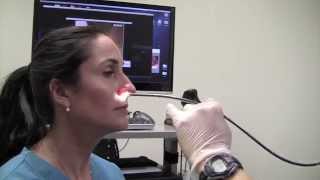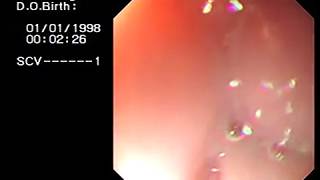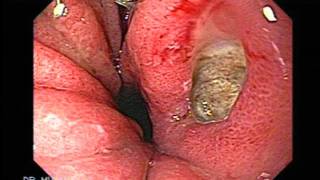Saturday, 27 December, 2025г.
















Где искать: по сайтам Запорожской области, статьи, видео ролики
пример: покупка автомобиля в Запорожье
Endoscopy of Esophageal Dilation Peptic Stenosis
The primary indication for esophageal dilation is to relieve dysphagia.
The majority of benign esophageal strictures result from long-standing gastroesophageal reflux. Treatment usually involves dilation combined with acid-suppressive therapy.
Approximately 25 percent of cases of benign esophageal strictures are unrelated to gastroesophageal reflux, and treatment in these cases may be more difficult. Examples include strictures secondary to external beam radiation, esophageal sclerotherapy, caustic ingestions (see "Caustic esophageal injury in adults"), surgical anastomosis, and rare dermatologic diseases (eg, epidermolysis bullosa dystrophica). Strictures may also result from external compression of the esophagus due to mediastinal fibrosis induced by tuberculosis or idiopathic fibrosing mediastinitis. These conditions result in long and narrow strictures that are difficult to dilate, and in which dilation may be associated with a higher rate of complications. Eosinophilic esophagitis is a more commonly recognized cause of esophageal strictures, particularly in young men. Its recognition is important since dilation can be associated with mucosal tearing and perforation.
The goals of therapy for benign esophageal strictures are the relief of dysphagia and the prevention of stricture recurrence. In the majority of patients, this can be accomplished with esophageal dilation, though in cases of refractory strictures, additional therapy may be required.
Теги:
Esophageal Dilation Endoscopy stricture esophagus esophagitis reflux murra saca El Salvador Atlas gastroesophageal reflux. gerd Hydrostatic balloon
Похожие видео
Мой аккаунт


 У вашего броузера проблема в совместимости с HTML5
У вашего броузера проблема в совместимости с HTML5


